AVEC*
: power Assist Vehicle Enriching Communication using intuitive interfaceNAVER LABS Internship project Aug. 2018 - Mar. 2019
Industrial Design, Interaction Design, Human-Computer-Interaction Research
Collaborated with
Mechanical engineering: Jaehoon Kim, Minkyeong Kim
Electrical engineering: Jungwook Moon
Control engineering: Hotae Lee
While working as an intern at Naver Labs(R&D company of NAVER), I developed a robotic wheelchair with four undergraduate engineers. I was in charge of HCI/UX research, market research, interaction design, and industrial design.
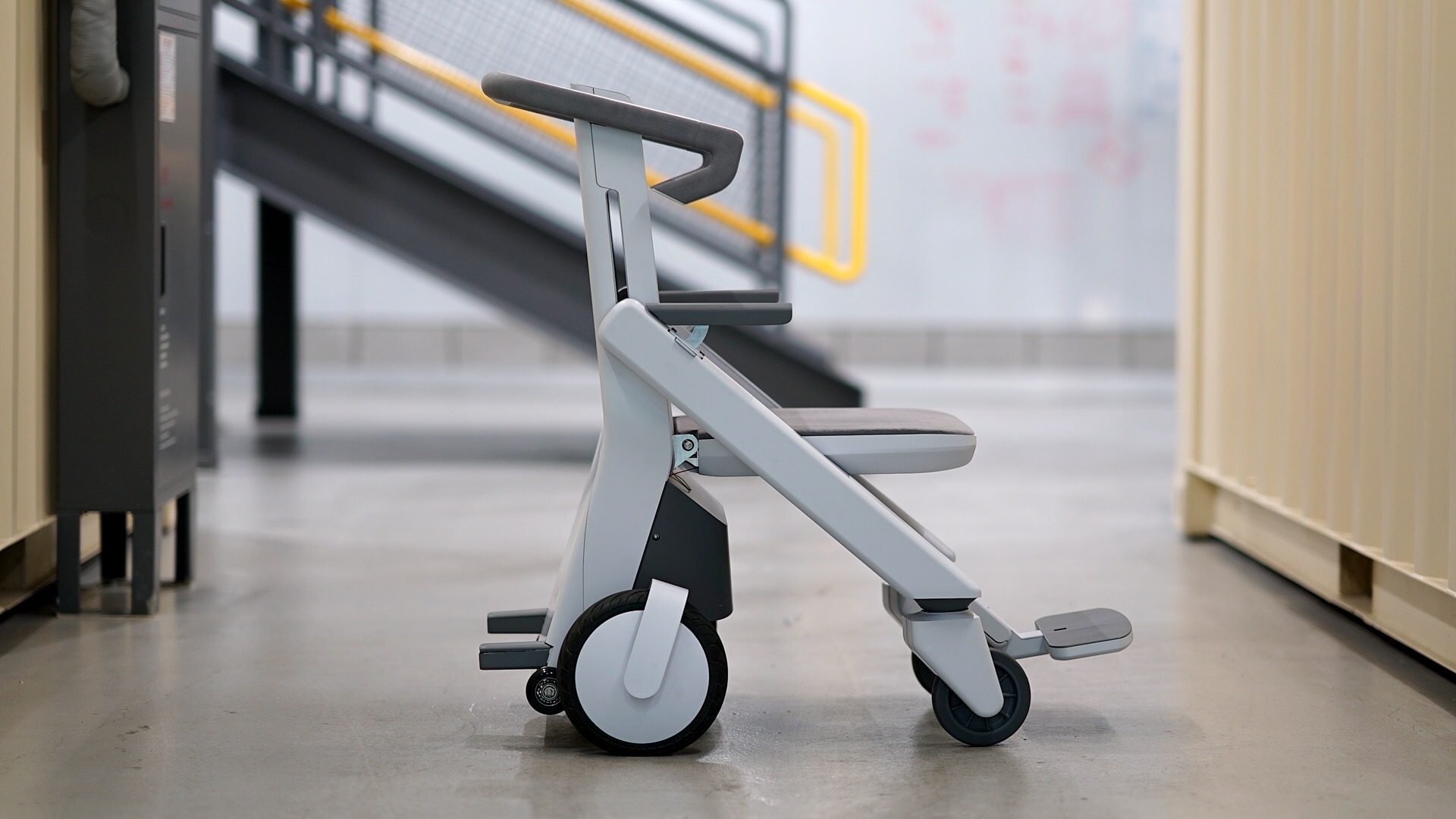

We designed “AVEC”, a wheelchair for old caregivers that can be intuitively manipulated with minimum force and enhance communication with the passenger. AVEC has an interface using loadcell to recognize the caregiver’s intention regardless of his or her hand position and two hubmotors to assist the movement. Based on the process of the iterative design cycle, the final prototype was designed to enter our daily lives through an enhanced interface and a system that cooperates with the users.
*”avec” means “with” in French
Motivation

In an aging society, importance of wheelchairs will increase as a means of mobility. While most commercial wheelchairs are designed for passengers, few products focus on older caregivers. There are many problems in conventional wheelchairs. First, controlling a manual wheelchair is a huge burden for older caregivers, especially on rough terrain and slopes. Second, it is difficult for caregivers to communicate with passengers. Lastly, the conventional electric wheelchair is not suitable for the caregivers’ daily lives. According to the survey, the main disadvantages of electric wheelchairs came from its heavy weight and bulky size.
User Research
Desk Research: Product data
Market analysis

Competitors analysis

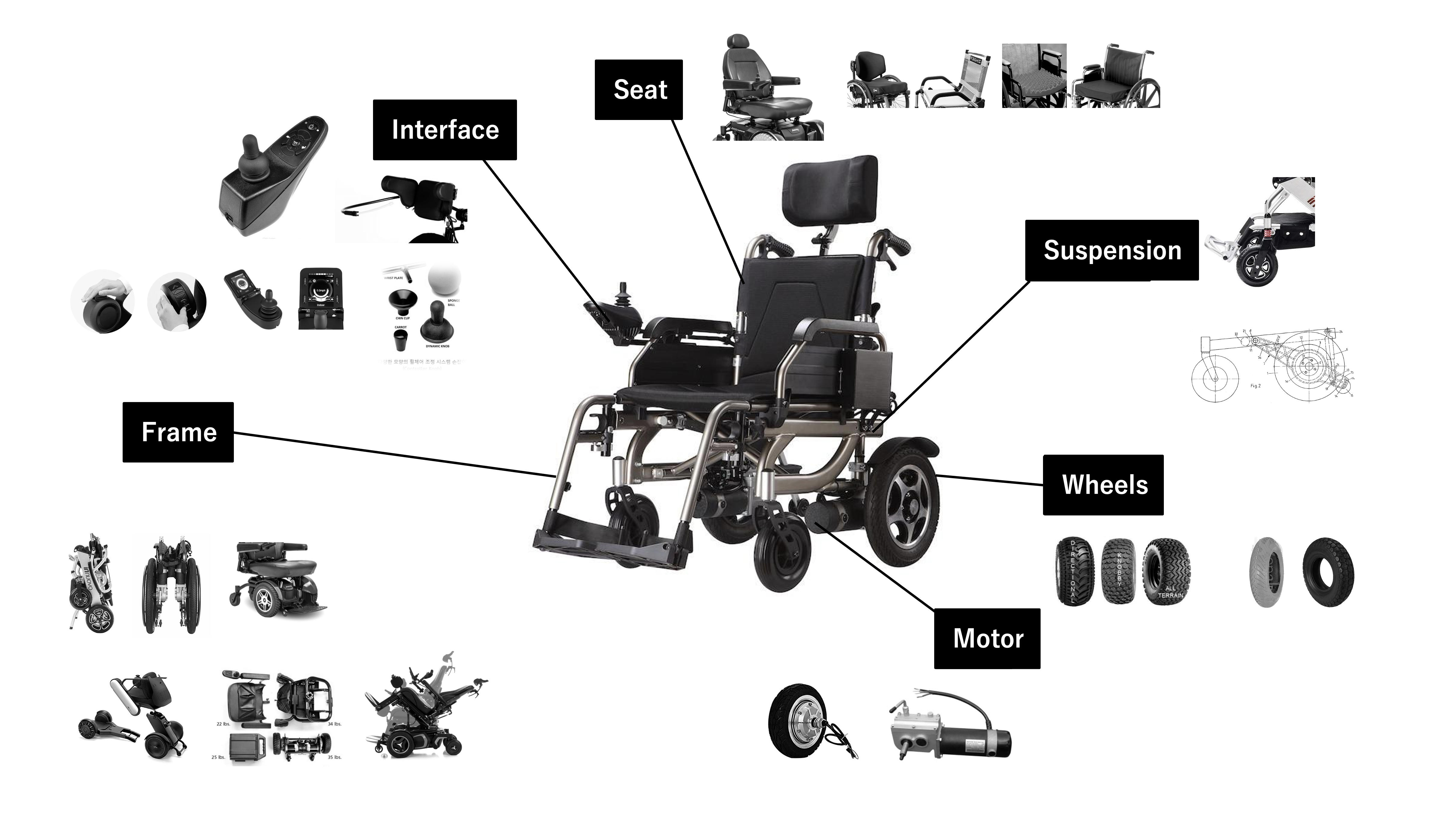
Physical parts analysis
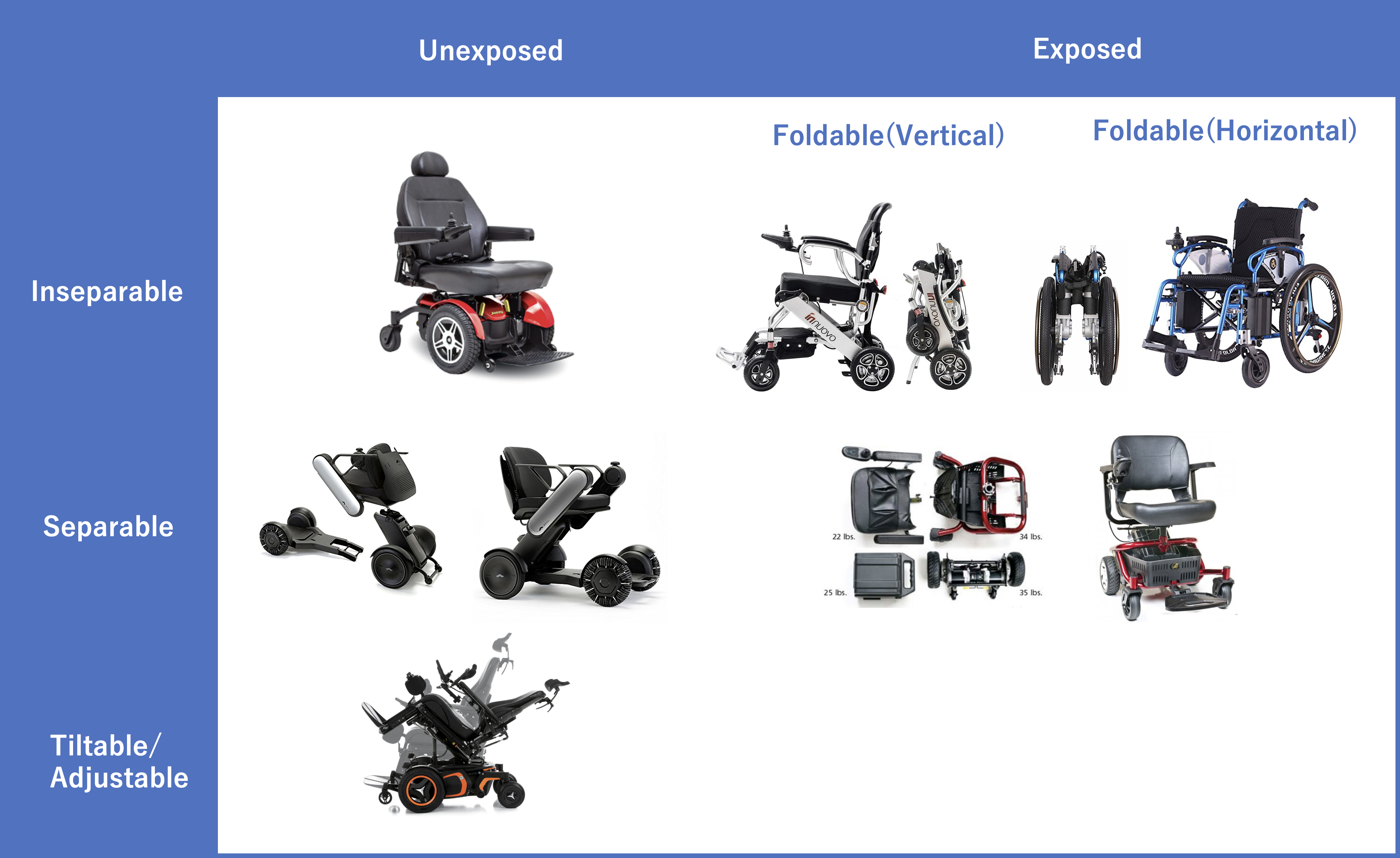

Wheelchair related word-mapping

Desk Research: User data
“34% of the professional Caregivers are suffering from muscle pain”
-2011, form the Ministry of Health and Welfare
“40% of the wheelchair users have experience of accidents”
-Research center for wheelchair users(2015)
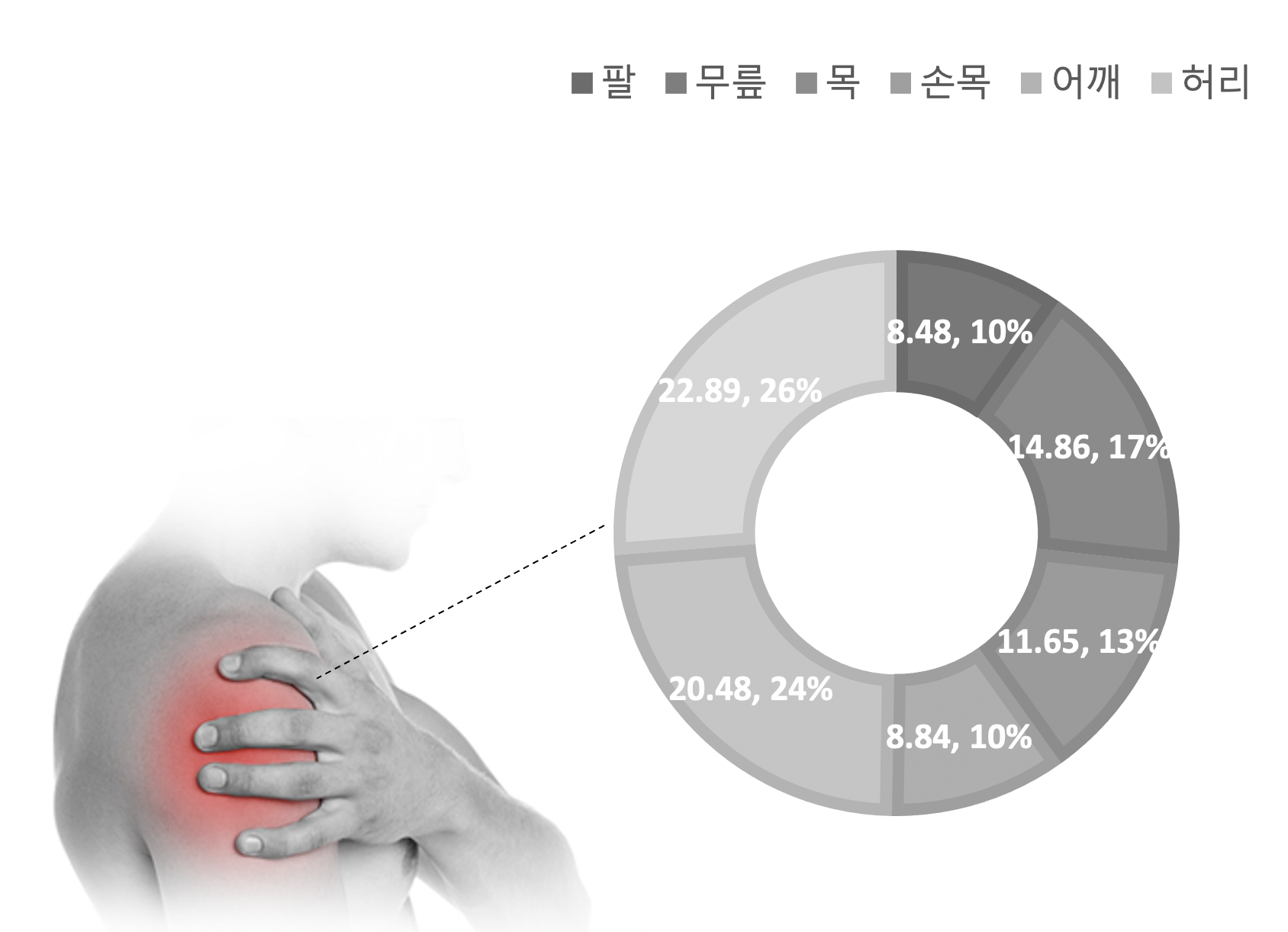 Most painful part of the body
Most painful part of the body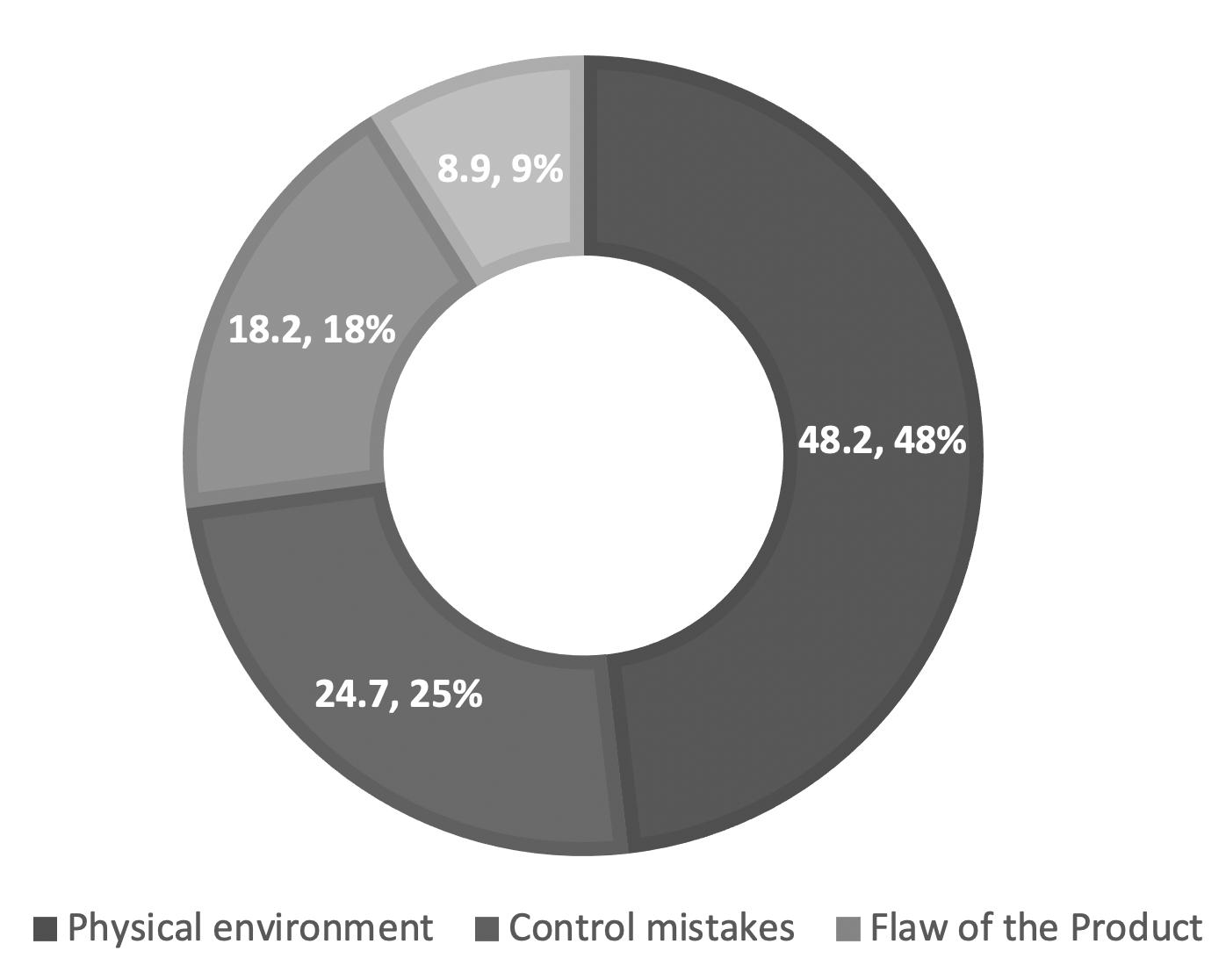
Cause of the accident

Most frequent tasks of professional caregivers:
1st task : Moving wheelchairs (‘Always’ 70.56%)
2nd task : Moving patients (‘Always’ 63.82%)
Journey Map: Experience data (Click the image to see the detail)
As we have never used a wheelchair for a everday transportation, we took a short and a long trips using wheelchair and documented the journey to analyze the usability of an ordinary wheelchair.

Brainstoriming


Prototyping for userbility evaluation


We removed rear wheels and put electric motor system on an ordinary wheelchair and put the power assist feature: handling the wheelchair with one hand / LED light feedback
User Interview & Usability review
Contextual Inquiry
Collaborated with Seoul National University College of Nursing for the safty of the user test by professional caregivers.

Process
Concept sketches




Service scenario image
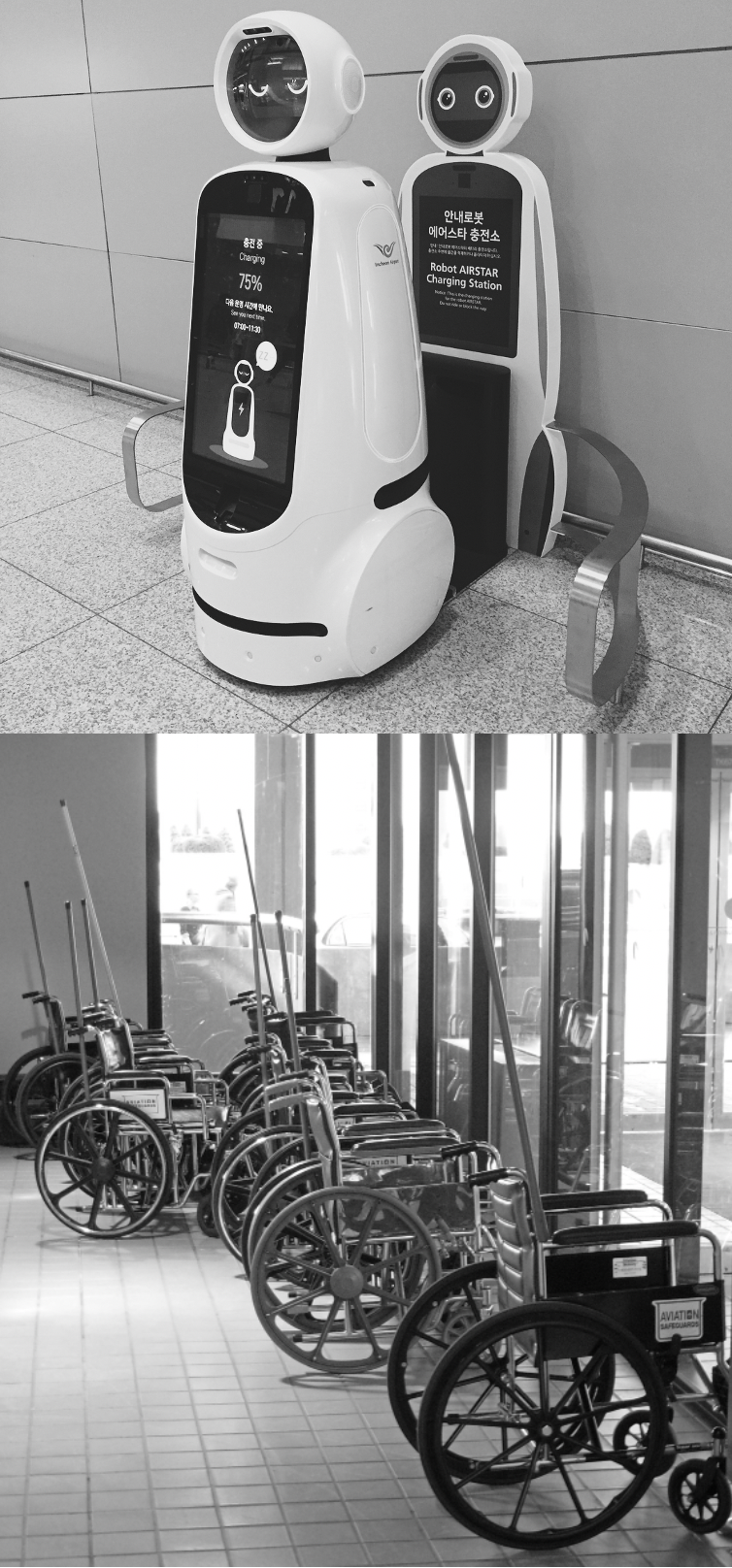

Sketches


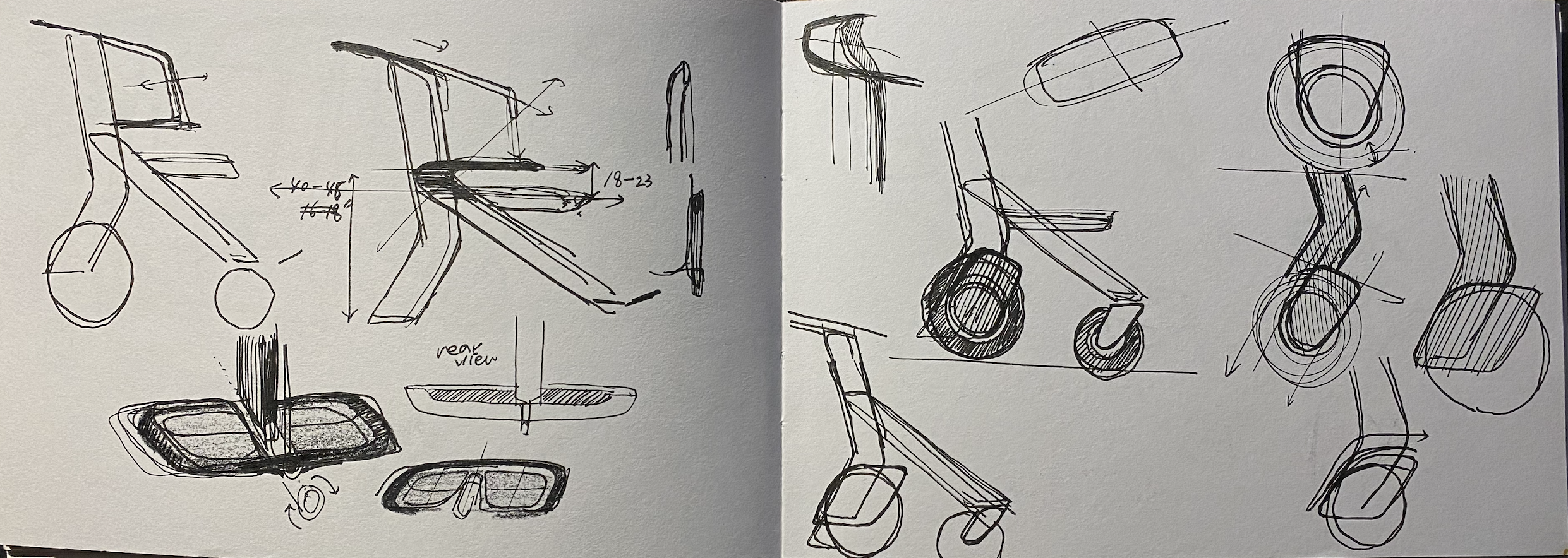
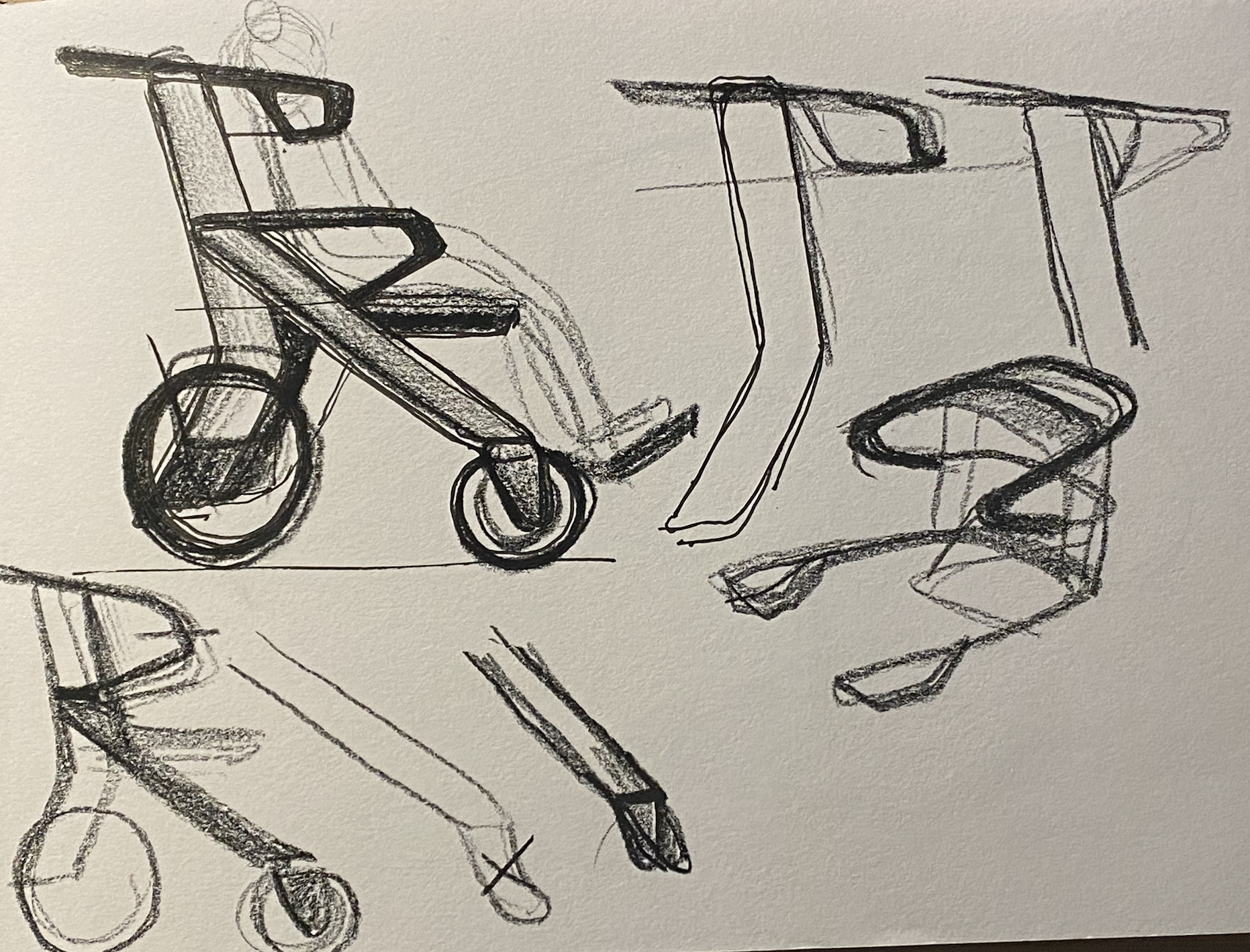

Second prototype for optimizing mechanical design
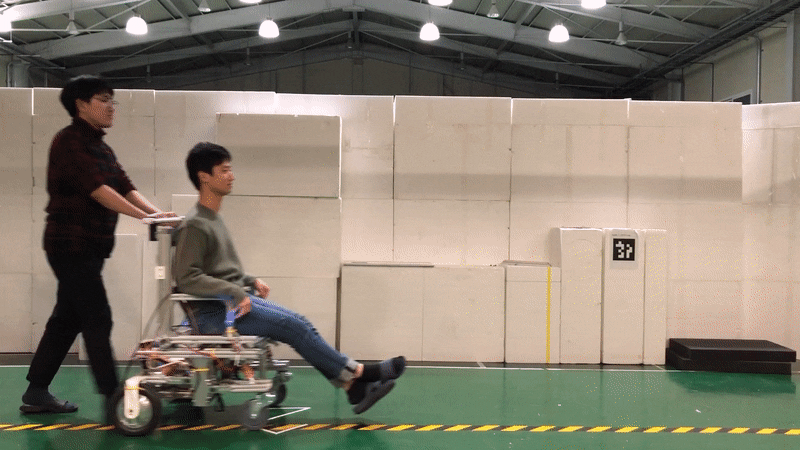
Final Prototype
Mechanical parts testing
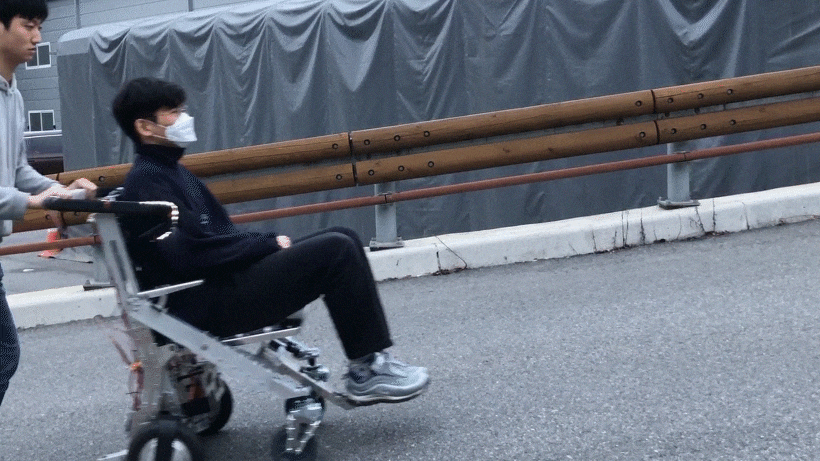
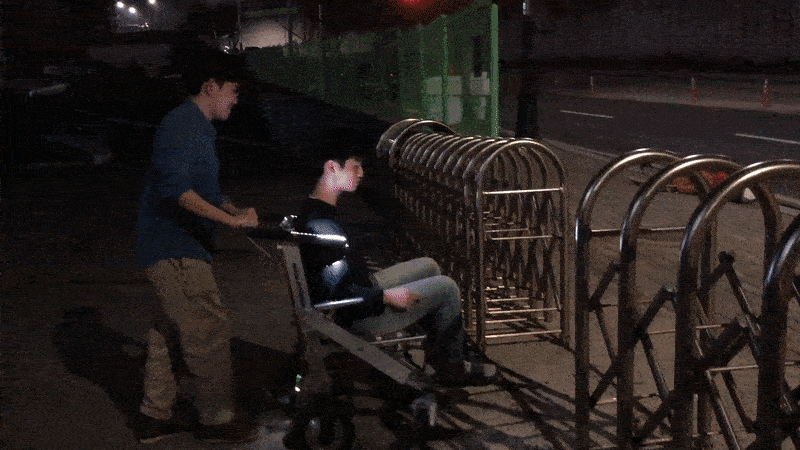

3D modeling
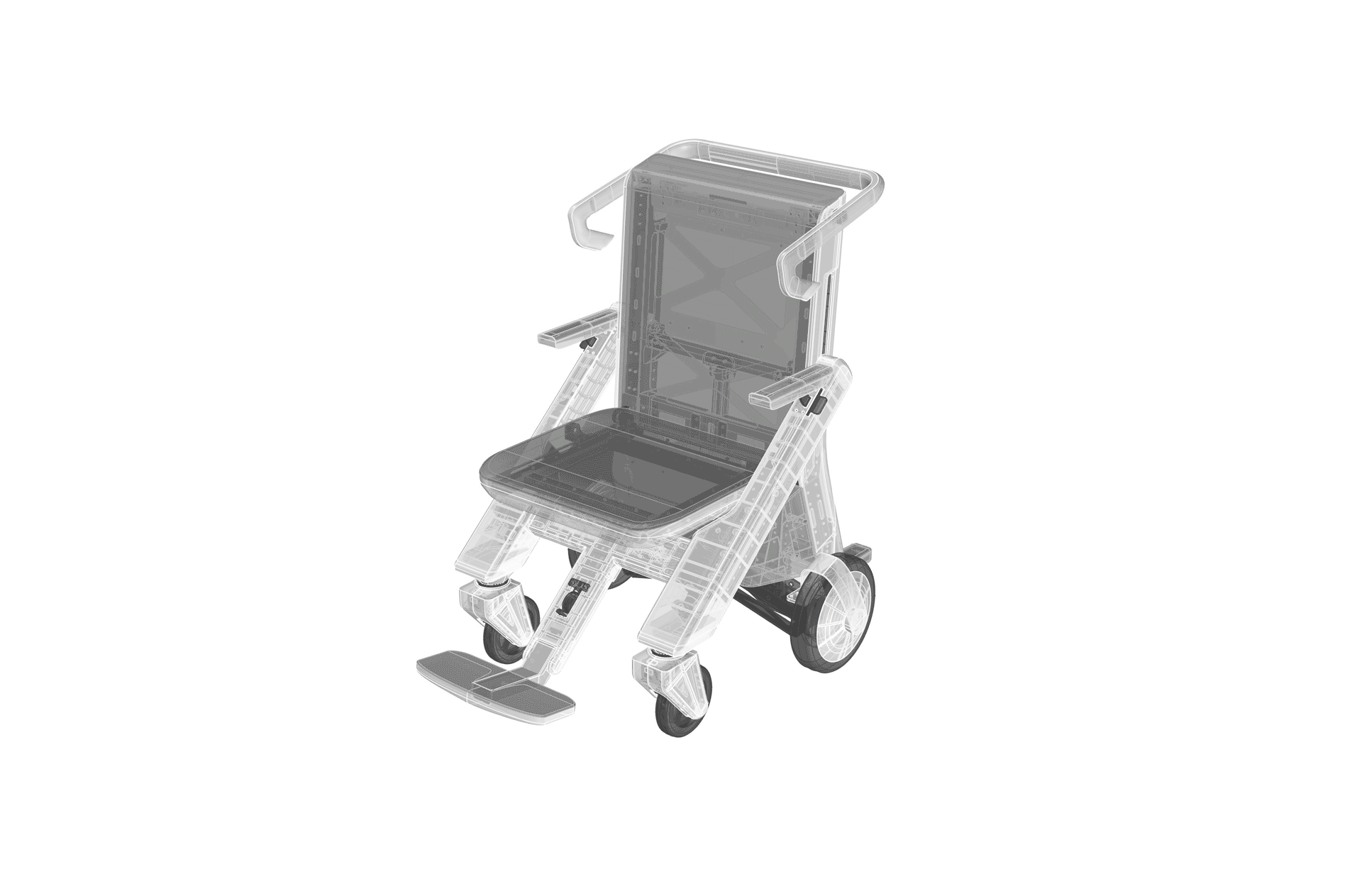
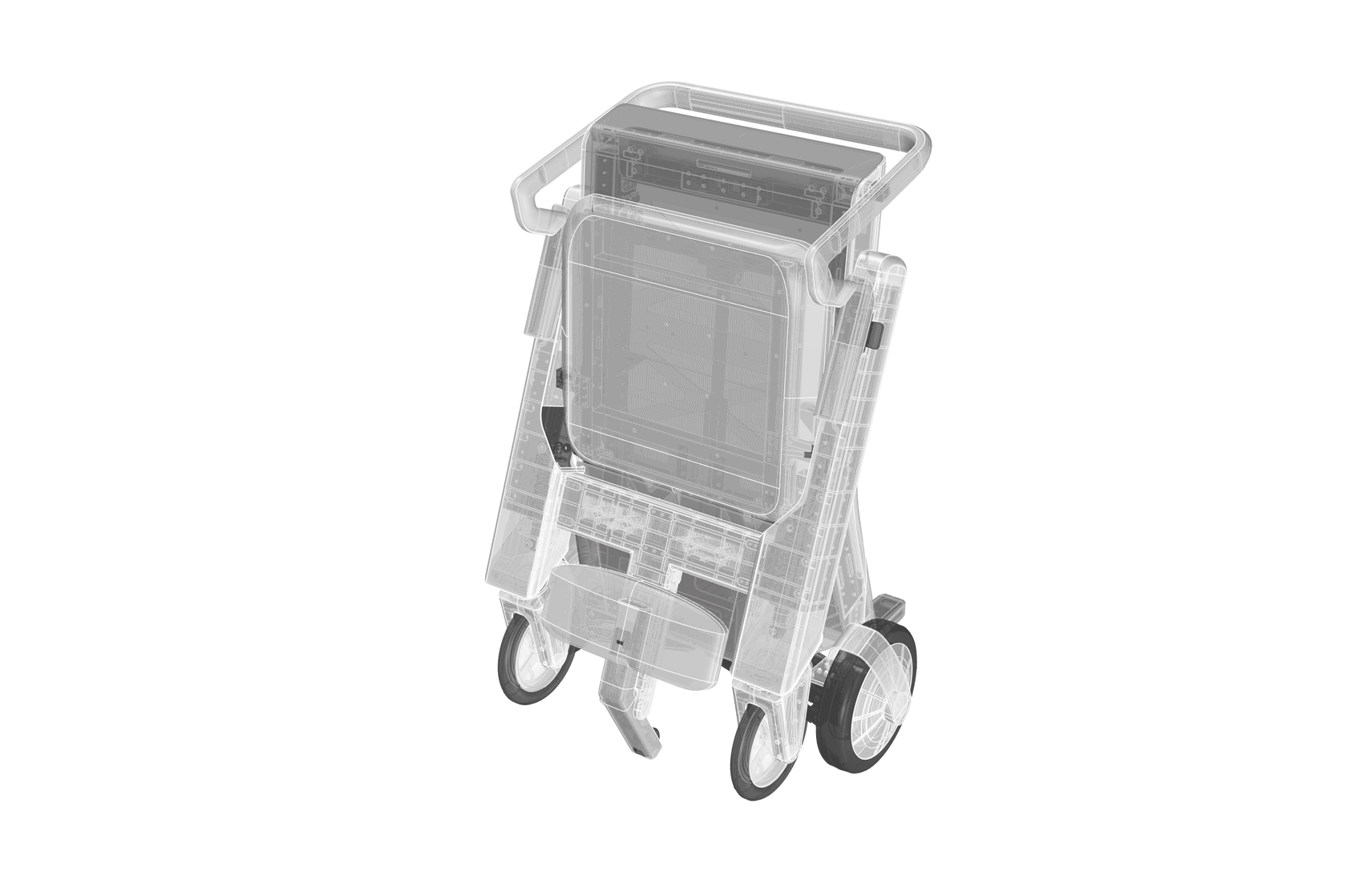
Prototyping, 3D printing
and Simulation
and Simulation

Simulation credit:
Jaehoon Kim
Jaehoon Kim

Final casing parts



Interface parts
@ACM/IEEE HRI 2019
In the Human-Robot Interaction Conference, a paper at the HCI International Conference, he received an award in the student design section and published a research paper.
ACM/IEEE International Conference on Human-Robot Interaction 2019 ︎︎
Patent 1020190140919, 1020200003897 / Design patent 3020190010604(M001)
student design competition demo day
AVEC on media
Joongang Daily
also on AP news, Aju economy, ChosunBiz, Bilinenetwork, Science donga, and more)
- Click each name of the press for the link


